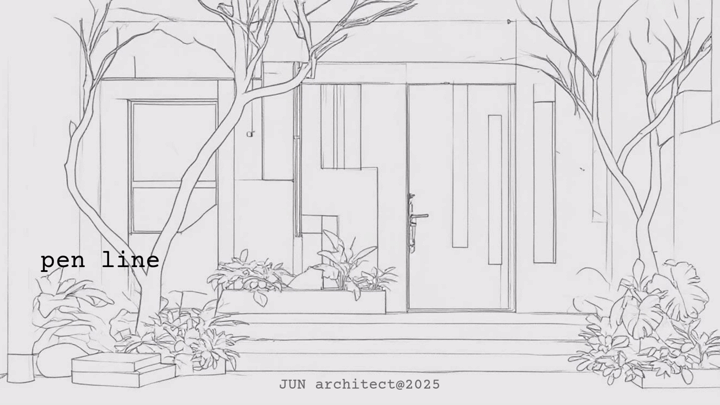
From Node to New Heights: How Architects Are Building with AI
— Written by Adam Eli Bernhardt
I decided to picture myself writing this in a place I’d never usually traverse (even in my mind): precariously perched on scaffolding sixty stories high.
It’s a fitting vantage point for thinking about the future of architecture, because the discipline itself is quickly climbing into new territory.
For decades, the architectural modus operandi has been shaped by pencil, paper, and software such as CAD and BIM.
And while the drawing boards aren’t going anywhere soon (deep breath, architects!), the process is shifting. Architects are beginning to design with something new and powerful at their side: artificial intelligence.
As June puts it:
“You’re not just feeding data into the machine. You’re teaching the AI how you think.”
Her work demonstrates exactly what’s possible when architects treat AI not as a shortcut, but as a partner in ideation and visualization.
Sketch to City: Ideas in Motion

For architects, a sketch is the fastest way to capture an idea. But moving from lines on paper to something shareable often takes weeks of modeling and rendering.
June’s Sketch to City pipeline compresses that process into hours — sometimes minutes.
Step 1: Start with a 2D Sketch
Hand-drawn or digital
Layout, massing, or site concept
Keep it abstract — it’s the seed of the idea

Step 2: Convert with Kontext Pro
Upload the sketch into FLUX Kontext Pro (Weavy works well for this)
Use a language model to describe aerials, site views, or precedents
Generate a conceptual 3D masterplan with color, mood, and form
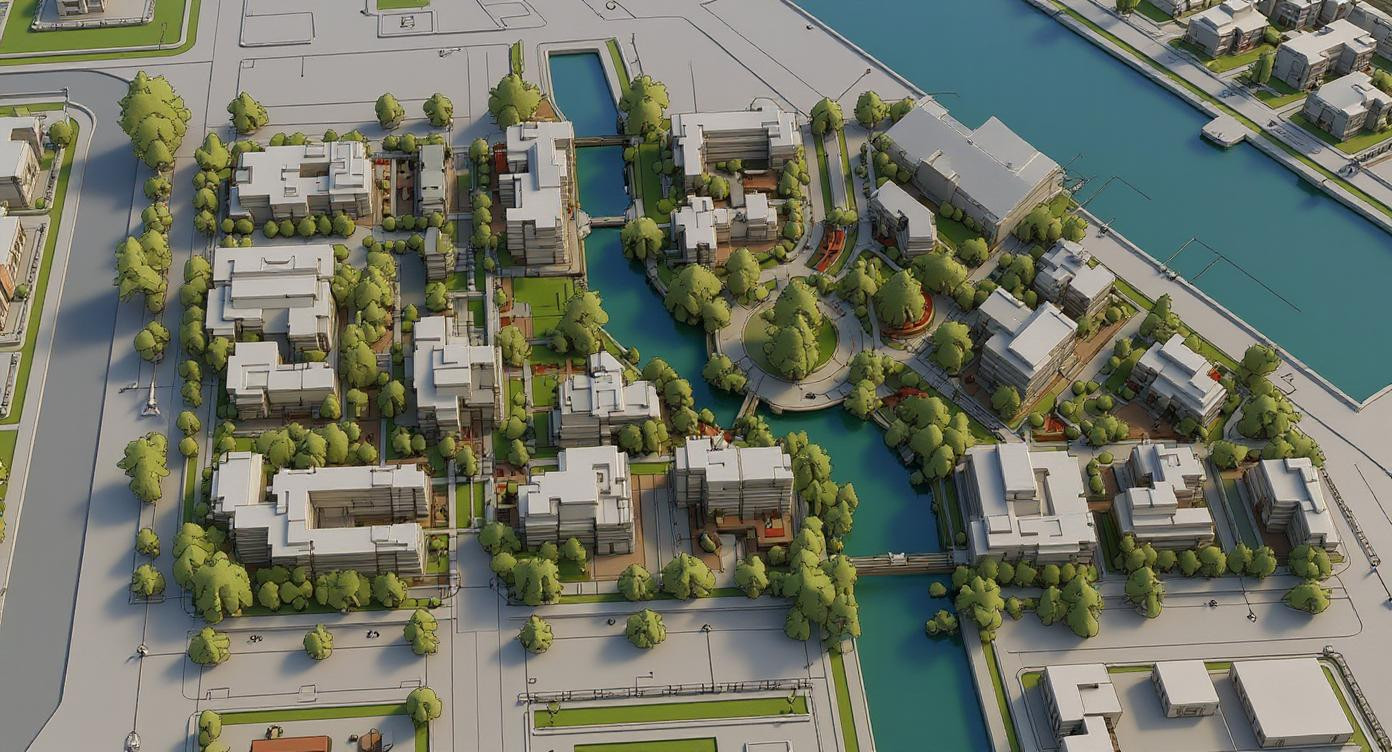
Step 3: Add Zoom Prompts
Simulate camera movements (zoom, pan, tilt)
Establish cinematic depth instantly
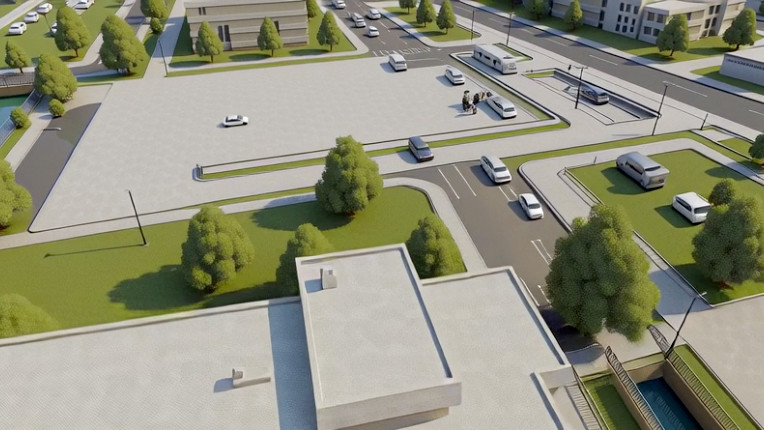
Step 4: Build a Walkthrough Sequence
Arrange frames into a spatial story
Explore multiple perspectives
Optionally enhance with Midjourney, Runway, or Luma
_B0RE6TdkR.gif?updatedAt=1759825762735)
Step 5: Render/Retexture Any Frame
Freeze the animation at any point
Re-render frames into photorealistic outputs with retexturing or restyling tools

The outcome is a seamless chain:
Sketch → Visualization → Animation → Storyboard → Render.
This talks to more than a new kind of speed; it’s a whole new mindset.
As June explains:
“The biggest misconception is that AI will take over creativity or replace the architect’s role. But the opposite is true. AI reduces friction in the early stages, giving us more space to explore.”
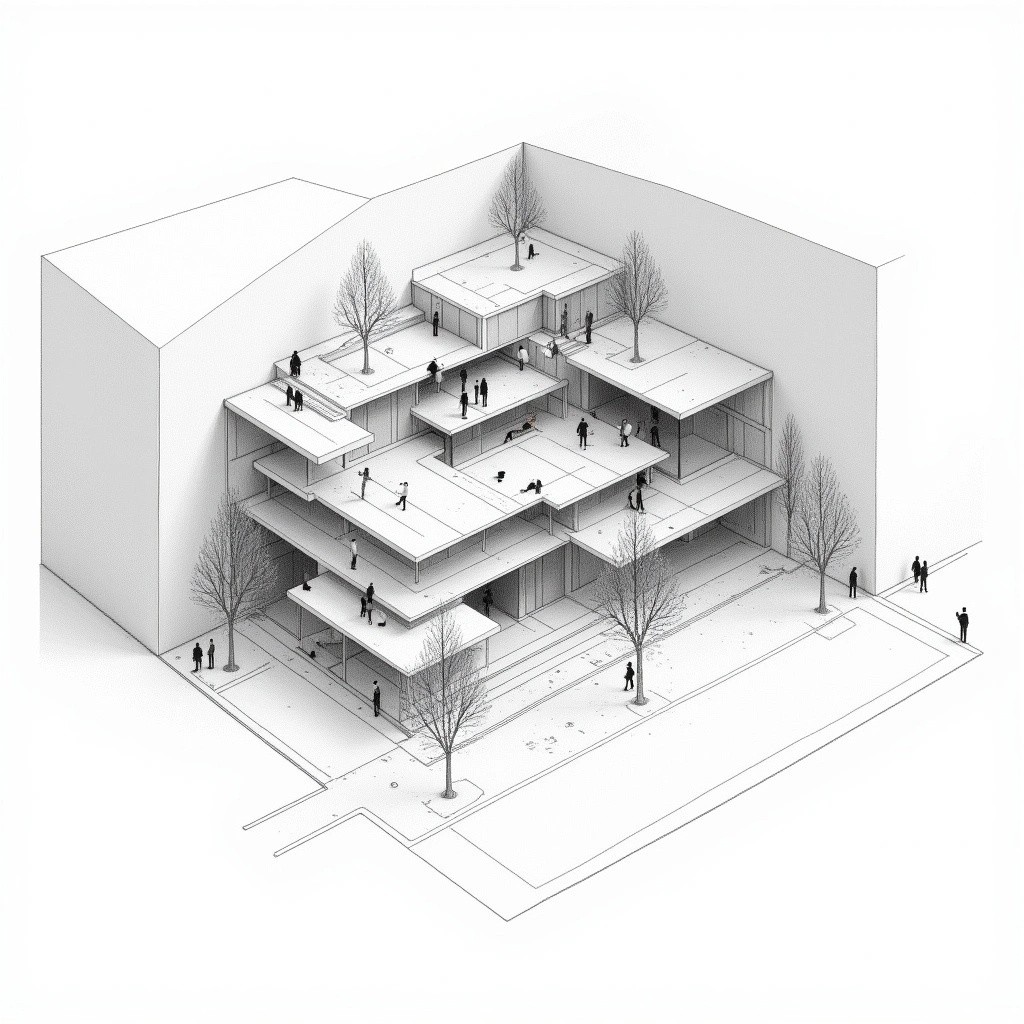
sumiarch LoRA: Designing a Signature Style
_B0RE6TdkR.gif?updatedAt=1759825762735)
FLUX Kontext Urban Render
If Sketch to City is the engine, sumiarch LoRA is the brushstroke.
LoRA (Low-Rank Adaptation) models allow designers to train AI on a specific style.
June developed her own, inspired by sumi-e ink painting — an aesthetic defined by bold strokes, negative space, and tonal simplicity.
Here’s her method:
Step 1: Define the Concept
- Keywords: monochrome elegance, bold brushstrokes, paper texture, architectural abstraction
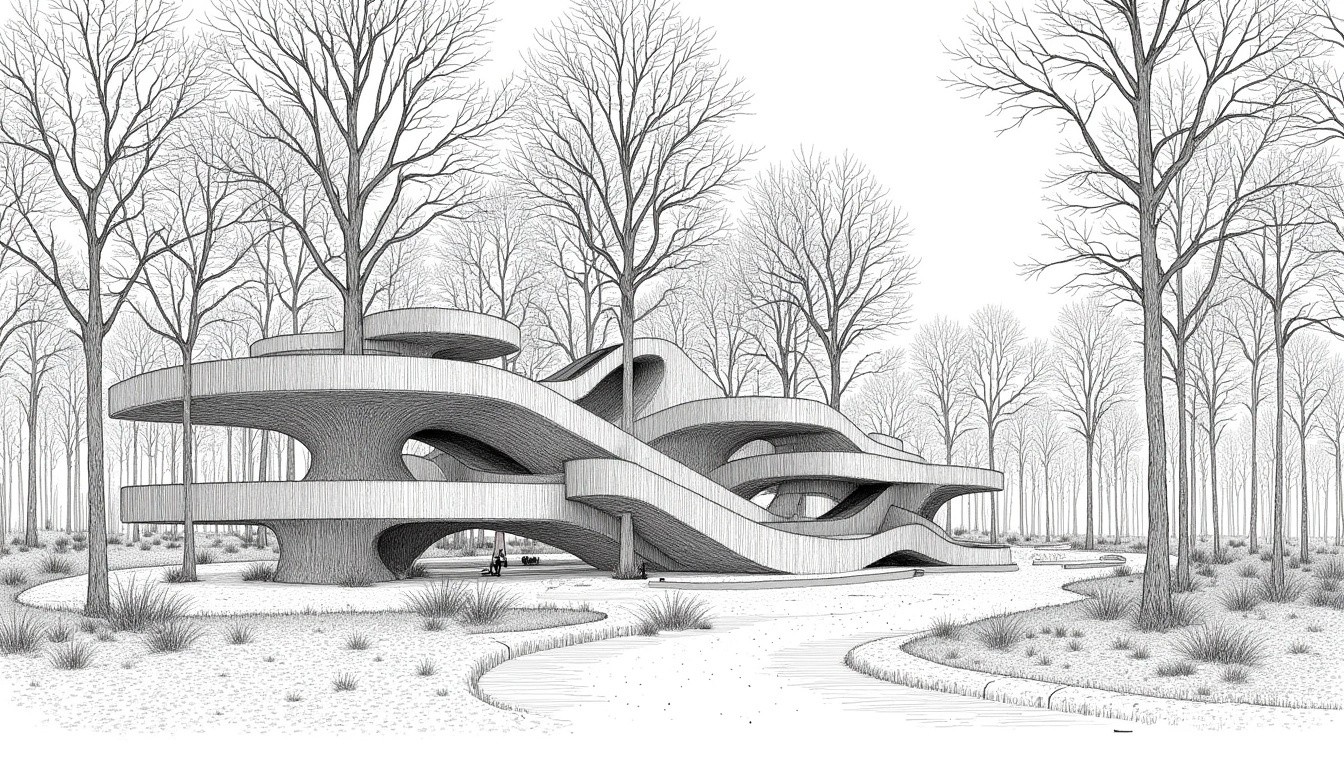
Step 2: Curate the Dataset
35 sumi-e inspired images
29 regular architectural photos for balance
Sources: Midjourney outputs, hand sketches, stylized photography
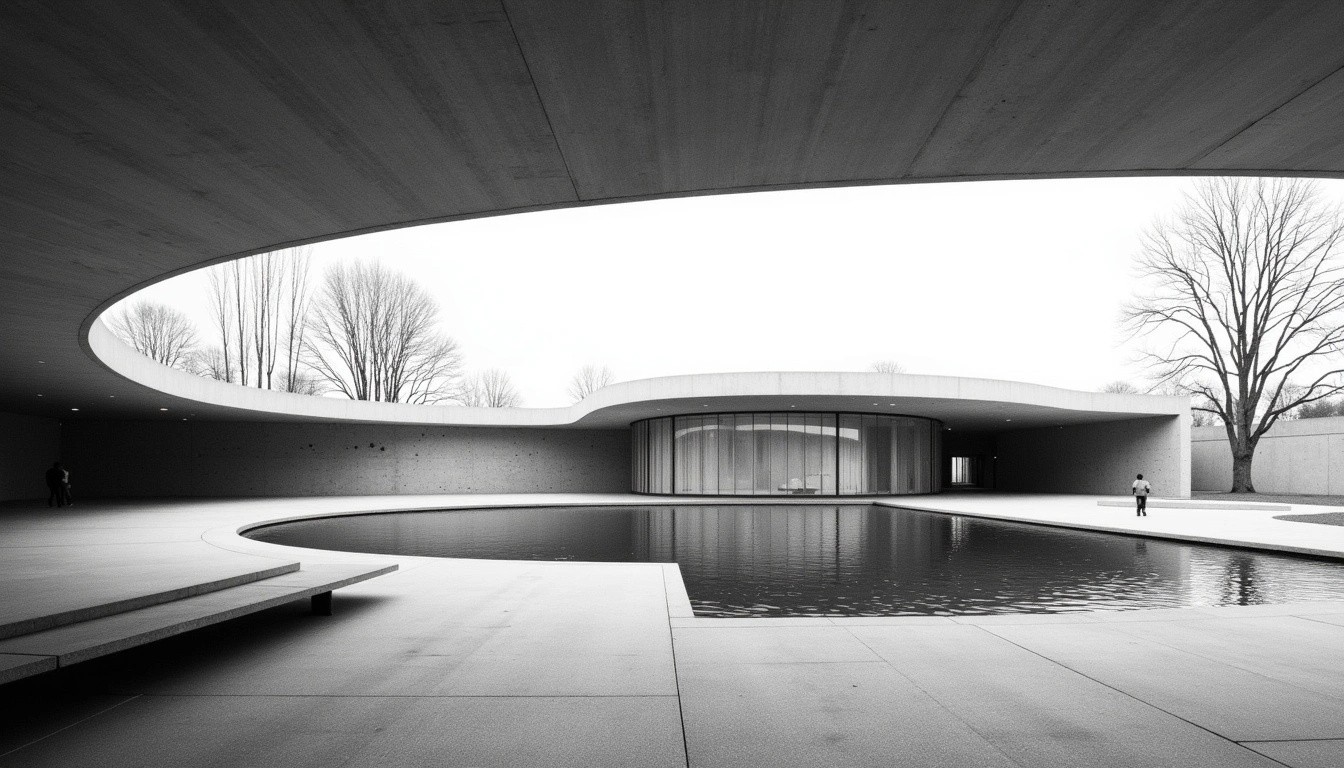
Step 3: Organize Folders
Separate directories for training vs. regularization images

Manual captions with LLM assistance
Step 4: Train the LoRA
5 epochs at 512px resolution, low learning rate, small batch size
Epochs 2–3 yielded the most balanced results

Step 5: Test & Refine
Prompt examples:
“sumiarch (black ink) style, parametric flow museum in forest, brutalist architecture, line art, light and shadow.”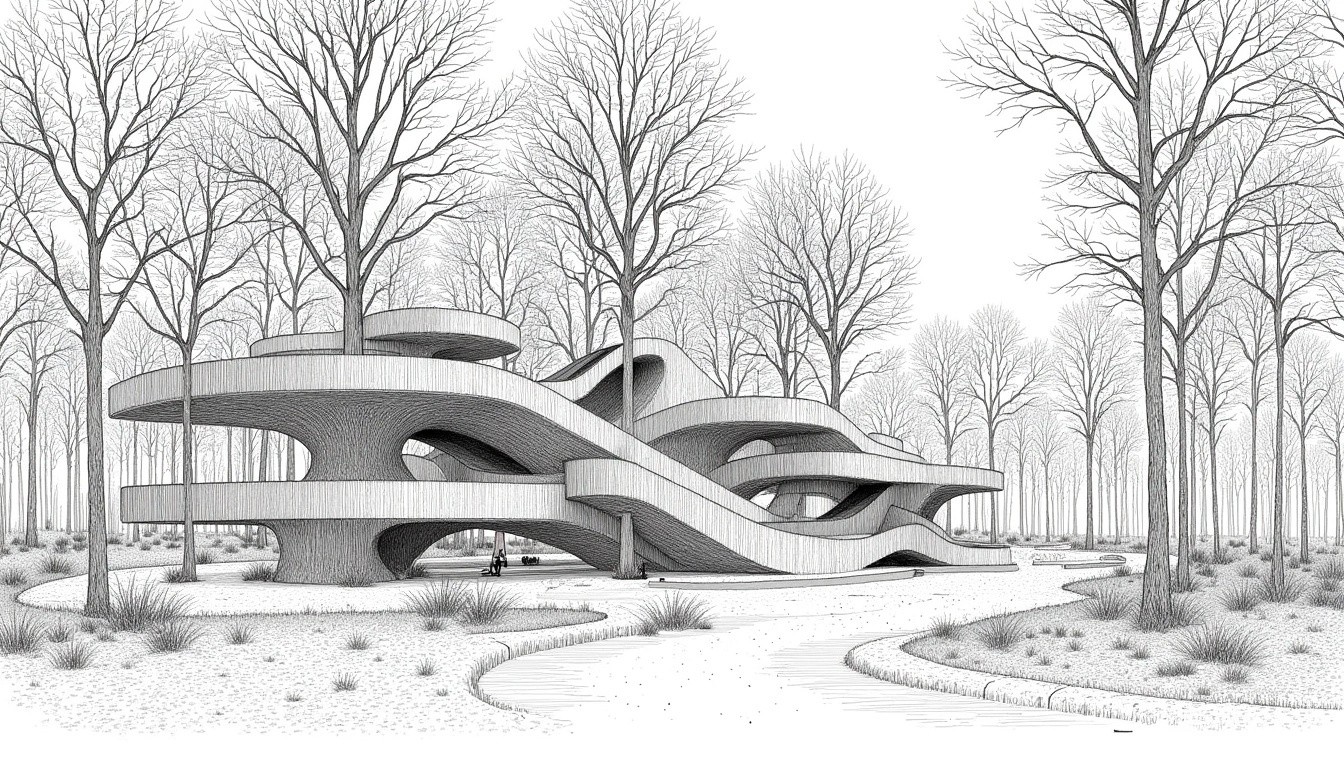
Behavior alternates between expressive ink illustration and occasional photorealism
Enhancement tip: include “black ink style” to emphasize sumi-e qualities

Rather than producing static images, the LoRA adds another layer of authorship.
It ensures the final output carries not just architectural clarity, but a signature visual identity.
Why This Matters
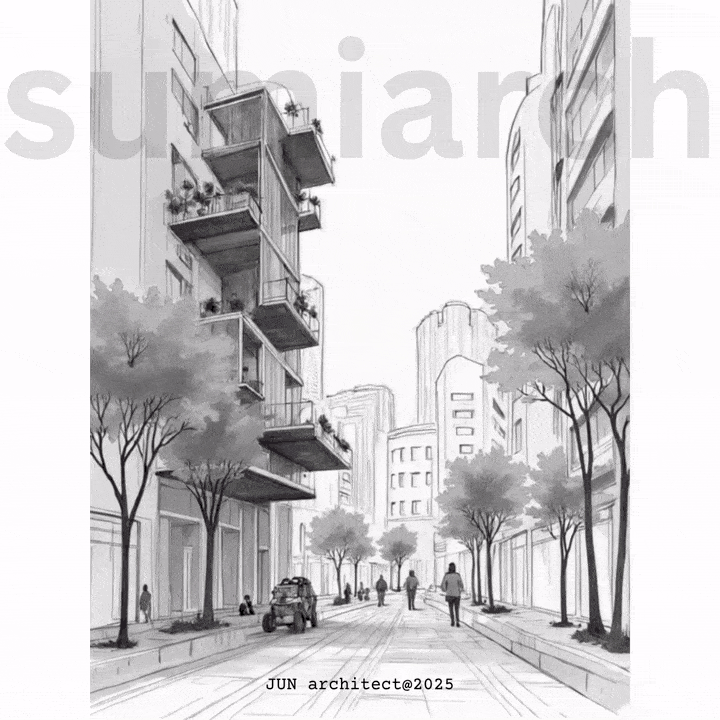
Skepticism is common, and many still see AI as a gimmick or a threat to professional integrity. But June argues the opposite:
“If an architect wants to integrate AI without sacrificing design integrity, I always recommend starting with a sketch-to-ideation workflow. It keeps the architect in control, while giving you variation and speed. Most importantly, it teaches clarity of prompts — a skill I believe all designers will need going forward.”
AI is not here to replace CAD or BIM, but rather to augment creativity:
For firms: quicker options on the table during concept reviews
For clients: clearer communication of spatial ideas through animation and storyboards
For designers: the freedom to test multiple directions without weeks of modeling overhead
And June knows how the impact on clients can be dramatic.
“One technique that stands out is animating a design scene, then extracting frames and restyling them. It’s fast, but curated — and it lets clients grasp narrative intent. Rather than one static render, you’re showing a visual story.”
Looking further ahead, June sees AI becoming as commonplace as CAD or BIM:
“In five years, AI will be embedded in our process. But what won’t change is our responsibility to shape context, culture, and meaning. That’s the part no
se Workflows in AI for Architects*
Learn from the Architects Shaping the Future

At our academy, we're developing next-generation education for architects, designed to help you master AI-driven workflows without losing the integrity of your craft.
You'll discover how to:
Train and apply custom LoRAs for unique architectural styles
Integrate AI tools like FLUX Kontext and ComfyUI into your design process
Build your own sketch-to-visualization pipeline for faster concept development
Create animations and cinematic storyboards that elevate client presentations
Balance creative experimentation with architectural precision
And you'll learn directly from architects and AI specialists who are defining this space:
Ar. June Chow, Maged Elbanna, Kedar Undale, Chantal Matar, and Paul Hansen.
Whether you're rethinking your workflow or ready to lead your studio into the AI era — this is where it begins.
👉 Click here to register your interest and get notified when the next learning format opens.
We’re not going to be teaching you tools in this course; instead, you’ll be learning a new way of working.
The Next Step: Brick-by-Brick, Node-by-Node

The future of architecture won’t be built on replacing architects!
It will be built on expanding how architects think, test, and communicate.
From a simple sketch, you can now generate an animation, a storyboard, and a render… All in the same day!
From a dataset of 35 ink drawings, you can create an entire aesthetic vocabulary that travels with your work.
AI doesn’t design for us. It helps us design more.
And that’s what the upcoming AI for Architects by June Chow is really about: learning to build with clarity, creativity, and speed, without losing the integrity of architectural intent.
Whether for architects, animators, or creative directors, we always aim to teach with one overarching goal in mind:
USING AI TO ENHANCE, NOT REPLACE.
---
Any questions or comments about the article?
Message us and let us know your thoughts!
